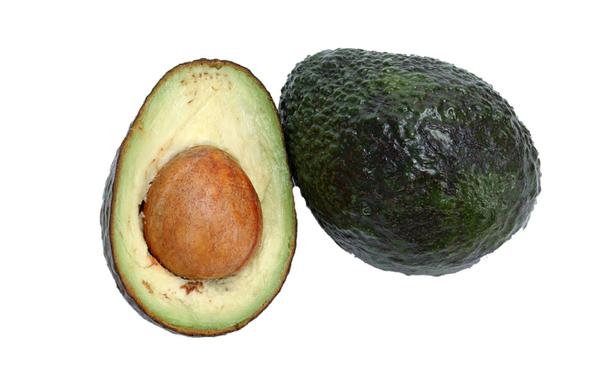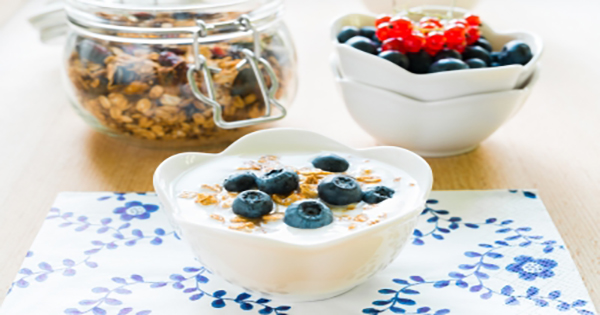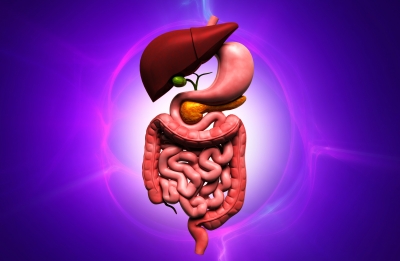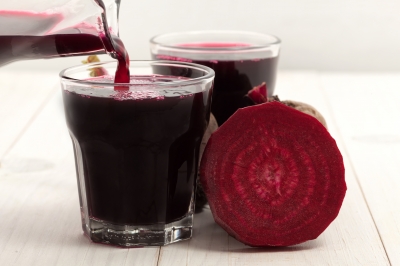Blood pressure benefits of avocado seeds

Avocados provide monounsaturated fats, the omega-3 fatty acid alpha-linoleic acid, vitamin B6, pantothenic acid, folic acid, magnesium, potassium, beta-sitosterols, and vitamin E… all of which add up to equal a heart healthy addition to your diet rich in antioxidants to reduce inflammation.
However, all the above refers to the flesh of the avocado. What about the large seed, which most of us tend to scoop out and throw away?
An avocado seed can be consumed by removing the fine layer of brown skin and then grating it or using a coffee bean grinder to grind it into a powder.
This powder can then be added to soups, salads, stews, pasta/rice dishes, smoothies and baked goods.
A viral Facebook video showed how to peel, chop, and pulverize the seed adding fuel to the idea of the avocado seed being a type of “super food”.
There is some argument regarding the positive health benefits of avocado seeds.
Avocado seeds contain protein, fiber, calcium, magnesium, potassium, flavonoids, and phenols.
Potassium to lower blood pressure
Do Probiotics Lower Blood Pressure?
 Probiotics have been linked to health benefits, such as improved digestion, reduced depression, a stronger immune system, and prevention of urinary tract infections. Researchers are now exploring a possible connection between probiotics and blood pressure.
Probiotics have been linked to health benefits, such as improved digestion, reduced depression, a stronger immune system, and prevention of urinary tract infections. Researchers are now exploring a possible connection between probiotics and blood pressure.
What are probiotics?
Probiotics are live bacteria and microorganisms that promote proper bodily function, especially within the digestive tract.
The body is full of “good” and “bad” bacteria. Probiotics are often referred to as “good”.
Probiotics are naturally found in the intestines to assist with food digestion, elimination of disease-causing microorganisms, and vitamin production.
Probiotics to lower blood pressure
How the body maintains a stable blood pressure is complex with numerous biological pathways. One pathway involves angiotensin converting enzymes (ACE) responsible for vasoconstriction of blood vessels. ACE inhibitors are blood pressure medications that inhibit the function of ACE. Probiotics have been shown to have similar ACE-inhibitory activity via the production of antihypertensive peptides. (FYI – Peptides are a combination of amino acids. Amino acids are the build blocks for protein.)
Researchers reviewed human studies on the effect of probiotics on blood pressure. Evaluation of nine trials found probiotic consumption to lower systolic blood pressure by 3.56 mm Hg and diastolic blood pressure by 2.39 mm Hg.
Greater blood pressure reduction was seen when multiple versus single species probiotics were consumed and if baseline blood pressure was above 130/85 mm Hg versus less than 130/85 mm Hg. Greater reduction was also seen in individuals who consumed the probiotic for a duration greater than 8 weeks.
This research analysis suggests probiotic consumption may modestly improve blood pressure levels.
Continue reading
Substitute Lean Pork for Chicken or Fish to Lower Blood Pressure

The DASH (Dietary Approaches to Stop Hypertension) diet is a plan to lower blood pressure levels. This approach incorporates a diet low in saturated fat and rich in low-fat-dairy, fruits, and vegetable.
The DASH diet includes lean, unprocessed meats in appropriate serving sizes, with two or fewer servings consumed daily. One serving of meat equals three ounces. For a visual, three ounces is about the size of a deck of cards.
A study published in the American Journal of Clinical Nutrition compared the impact of lean, unprocessed pork consumption with chicken and fish as dominant protein sources within this diet plan. Researchers determined lean pork could effectively be incorporated into a DASH-style diet promoting lower blood pressure.
Keep in mind, this only applies to unprocessed lean pork, such as tenderloins or uncured ham with visible fat trimmed. Research does NOT support adding other cuts or types of pork products that are higher in fat and salt to a DASH diet promoting low blood pressure.
Continue reading
An Alternative Method to Help Lower Blood Pressure
Article provided by guest contributor, Diane Isaac.

With high blood pressure being a major problem for people across the world, some readily available alternatives to lower blood pressure are often overlooked. This article will look at one particular method, which can help the overall wellbeing of individuals while also aiding to bring down their blood pressure.
While regular exercise without doubt helps lower blood pressure, using a sauna frequently has also been proven to aid in reducing blood pressure as well as reducing the chances of fatal cardiac events.
A study by Jari A. Laukkanen, M.D., Ph.D., working out of the University of Eastern Finland, Kuopio found that there’s an “association between sauna bathing and the risk of SCD, fatal coronary heart disease (CHD), fatal CVD and all-cause mortality in a group of 2,315 middle-aged men (42 to 60 years old) from eastern Finland.” The study concluded from its results that the men that visited saunas three times a week had a longer lifespan that those who didn’t, and had less cardiac problems later in life.
Can Probiotics Lower Cholesterol Levels?

Understanding gut bacteria and how they impact metabolism, heart disease, diabetes, and obesity may provide new treatment options.
Trillions of bacteria and other microbes live within our gut. This microbiome is necessary to neutralize by-products of digestion, decrease toxins and carcinogens, and inhibit the growth of unhealthy bacteria and yeast. The microbiome also aids in the absorption of nutrients, supports the digestive process, and produces vitamins B and K.
Research published in the journal Circulation Research found the microbiome may also play a role in body mass index (BMI) and blood lipid levels (i.e. HDL and triglycerides).
Continue reading
Increase Nitric Oxide and Decrease Blood Pressure with Beetroot Juice
 There are many heart disease risk factors, such as high blood pressure and high cholesterol, associated with low nitric oxide levels.
There are many heart disease risk factors, such as high blood pressure and high cholesterol, associated with low nitric oxide levels.
Nitric oxide has many bodily functions, include vasodilation of blood vessels to govern blood pressure.
It was previously believed nitric oxide was only produced via oxidation of L-arginine, an amino acid, in the presence of oxygen. New research has confirmed a second pathway for increasing nitric oxide levels. This second pathway is the conversion of nitrates to nitrite to nitric oxide.
Vegetables are a source of nitrates.
Approximately 85% of dietary nitrate comes from vegetables. The remaining 15% from drinking water. When you consume dietary nitrates, they are absorbed in the stomach and small intestine. Of the ingested nitrates, about 25% is extracted by the salivary glands and concentrated in saliva. It is an enzyme on the surface of the tongue that converts nitrate to nitrite. When the nitrite in saliva is then swallowed it is converted to nitric oxide by the acidic environment of the stomach.
To restate: Nitrate in food becomes nitrite in saliva which then converts to nitric oxide in the stomach.
Nitric oxide obtained from dietary nitrate sources, such as vegetables, provides an alternate treatment plan for increasing protective nitric oxide levels.
Beetroot juice lowered systolic blood pressure 10.4 mm Hg and diastolic blood pressure 9 mm Hg 2.5 – 3 hours after ingestion.
Continue reading



